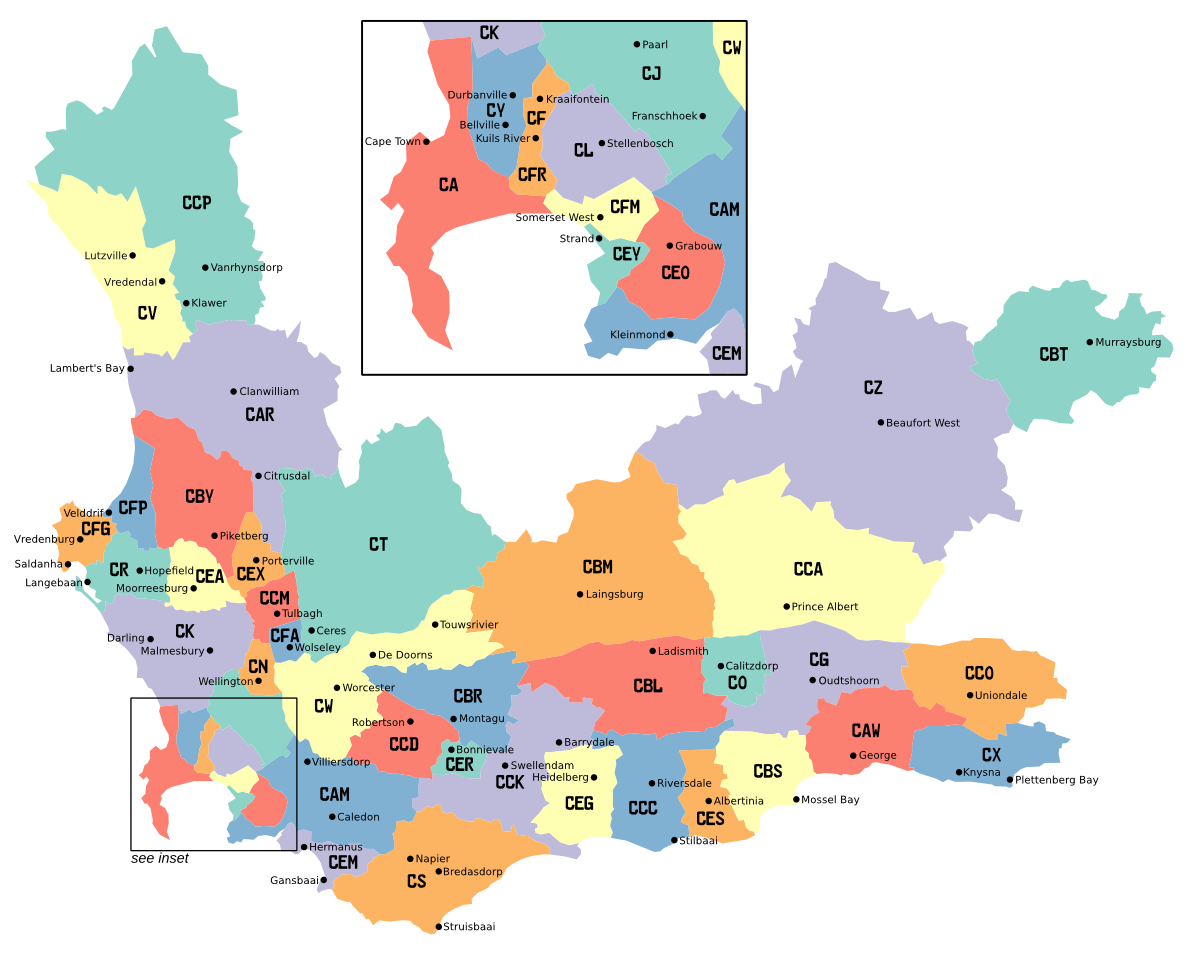A quick post about our current predicaments:
There’s not enough electricity to go around. This is actually very old news, although South Africans continue to complain about it while doing nothing to save the damn stuff when they have it. It’s clear that generally, despite their lack of action to combat the problem, people are very unhappy about it.
The alternative, of course, is gas. We don’t have it plumbed to our houses here in SA like some other countries I’ve lived in, so it comes in big bottles. Well, it would if there wasn’t a shortage of it:
Dear Customers,
As you may have heard through the media, LP gas is currently in short supply in South Africa as a result of planned maintenance on a few of the major refineries in the country.
Please take the time to read the attached letter regarding the LP gas supply issues we are currently experiencing.
I’ll spare you the attached letter, which basically says there’s a shortage of gas, resulting in “unavoidable price increases”. Supply and demand etc etc. People are not going to be happy.
Anecdotally (hey, it works for Prof Tim), there’s also a shortage of diesel in Cape Town. My car doesn’t run on diesel. Mrs 6000’s car does run on diesel – when she can find some to put in it. Same with lorries delivering food and goods all over the country. Less diesel, higher demand, higher prices (although they are somewhat regulated in SA) = unhappy people.
And now, arguably the most serious of all, we have a shortage of water. Figures due to be released this morning will almost certainly indicate that the reservoirs supplying Cape Town are now less than half full. That’s not good, but ironically, it’s less than half the problem as well. The bigger issue is that it’s also not raining on the local farms:
A drought that has probably reduced South Africa’s corn crop for 2015 to the smallest in eight years is also putting at least half the country’s wheat harvest at risk, the largest grain farmers’ lobby said.
Farms in the Western Cape have had little or no rain since the start of the planting season in April and need showers before the end of May, Andries Theron, vice chairman of Grain SA, told reporters Thursday at an agricultural show in Bothaville.The province, whose wheat fields are rain-fed, produces about 50% of the nation’s harvest of the cereal, data from the Grain Information Service show.
“We started planting in dry soil,” he said. “Usually, our rainy season would start in the middle of April, but it didn’t. We’ve got a hectic season on hand.”
And then this, from Agri Wes-Cape’s CEO Carl Opperman:
“This has been the driest summer the province has seen in many years. Rains that should have already fallen are desperately needed, especially by grain farmers.
“It’s a dry circle that we’ve got at the moment. We will be managing it, so we’re expecting rain in the future. It’s most probably going to be what we call ‘a dry winter'”.
Come now, Carl – drop the technical terminology, can’t you? You’re unnecessarily baffling us with bullshit there. Is there really no language you could have used so that us laypersons could understand?
Looking at the forecast for the coming week, our local grain farmers are going to remain disappointed.
And so… guess what? Less grain supply, no reduction in demand = higher prices. And that means unhappy people.
I’ve never been convinced that a single straw could break a camel’s back. But several big fat straws? Well, maybe we’re in for interesting times ahead.


